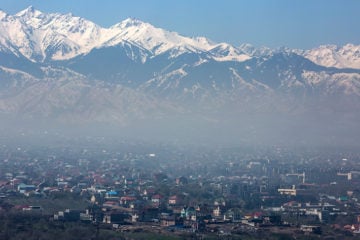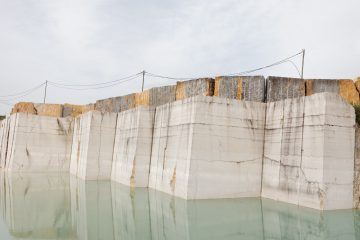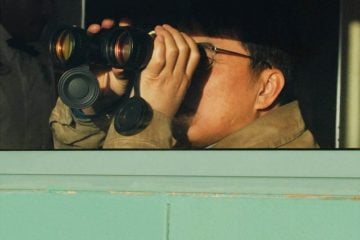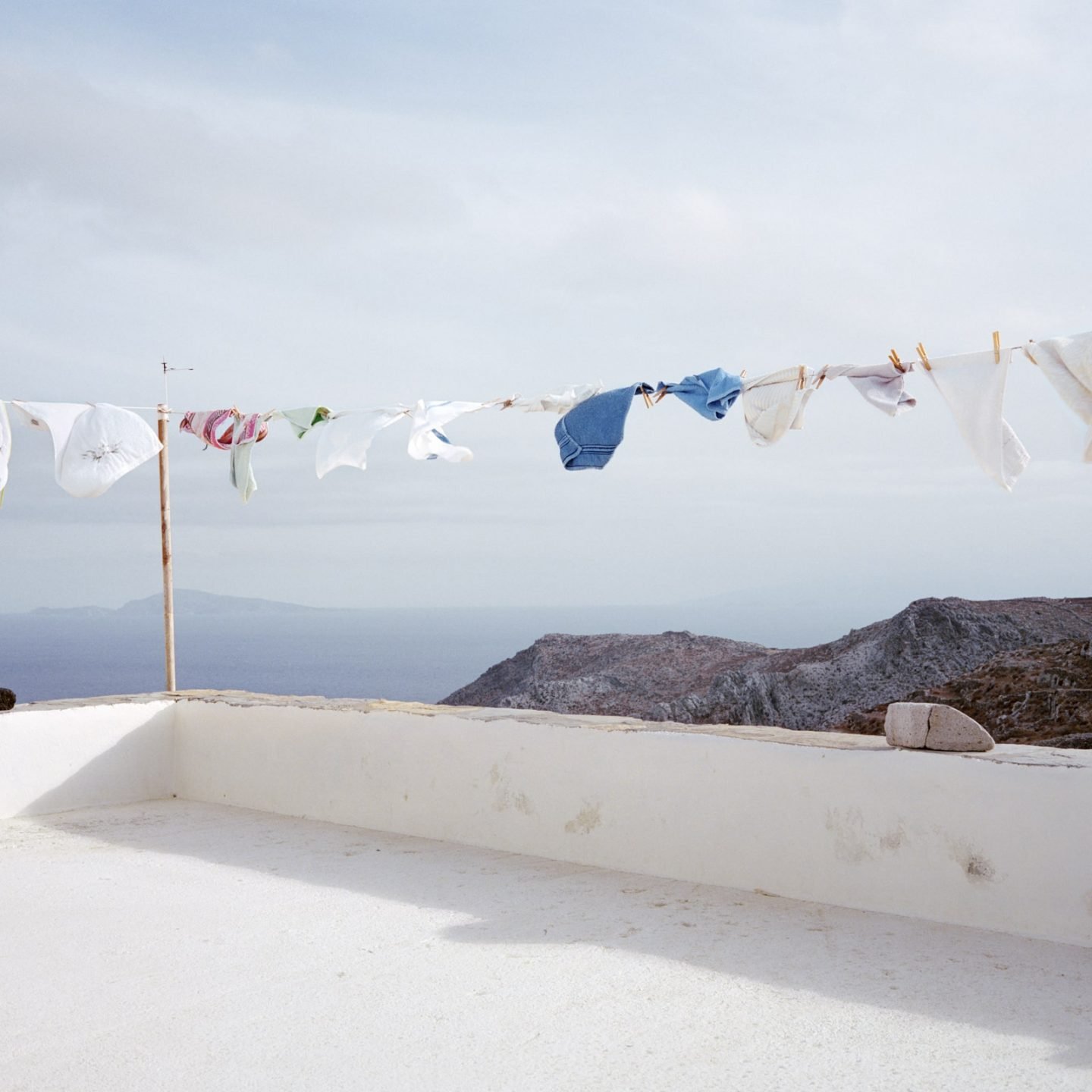
Clément Chapillon Questions Geographical And Mental Isolation With Les Rochers Fauves
- Name
- Clément Chapillon
- Project
- Les rochers fauves
- Words
- Devid Gualandris
“This is a story on the border between reality and imaginary, about the contradictory feelings that the insularity of a rocky, arid, and wild territory provokes”—so French photographer Clément Chapillon describes his latest highly captivating project Les rochers fauves (French for ‘The tawny rocks’). Now compiled in a book released with Dunes Editions, the series is a documentary and metaphorical intimate record of the clashing, at times incomprehensible, feelings caused by the Greek island of Amorgos’s remoteness and almost untouched wilderness.
Emerging proudly from the crystal Aegean Sea, Amorgos is one of the furthermost islands of the Greek archipelago of the Cyclades, a mountainous and sparsely populated territory in which man and nature coexist in harmony. Still unmarred by mass tourism, it is a mystical place where serenity and silence reign supreme and beauty is found between the depth of the sea and the height of the rocks—in abandoned stone terraces, ruined windmills and deserted hill villages, in secluded beaches and on top of impressive cliffs with views over the Mediterranean Sea. A feeling of remoteness and lack of engagement with the outside world is what punctuates the island’s character, giving it a unique atmosphere and timelessness, difficult to find elsewhere.
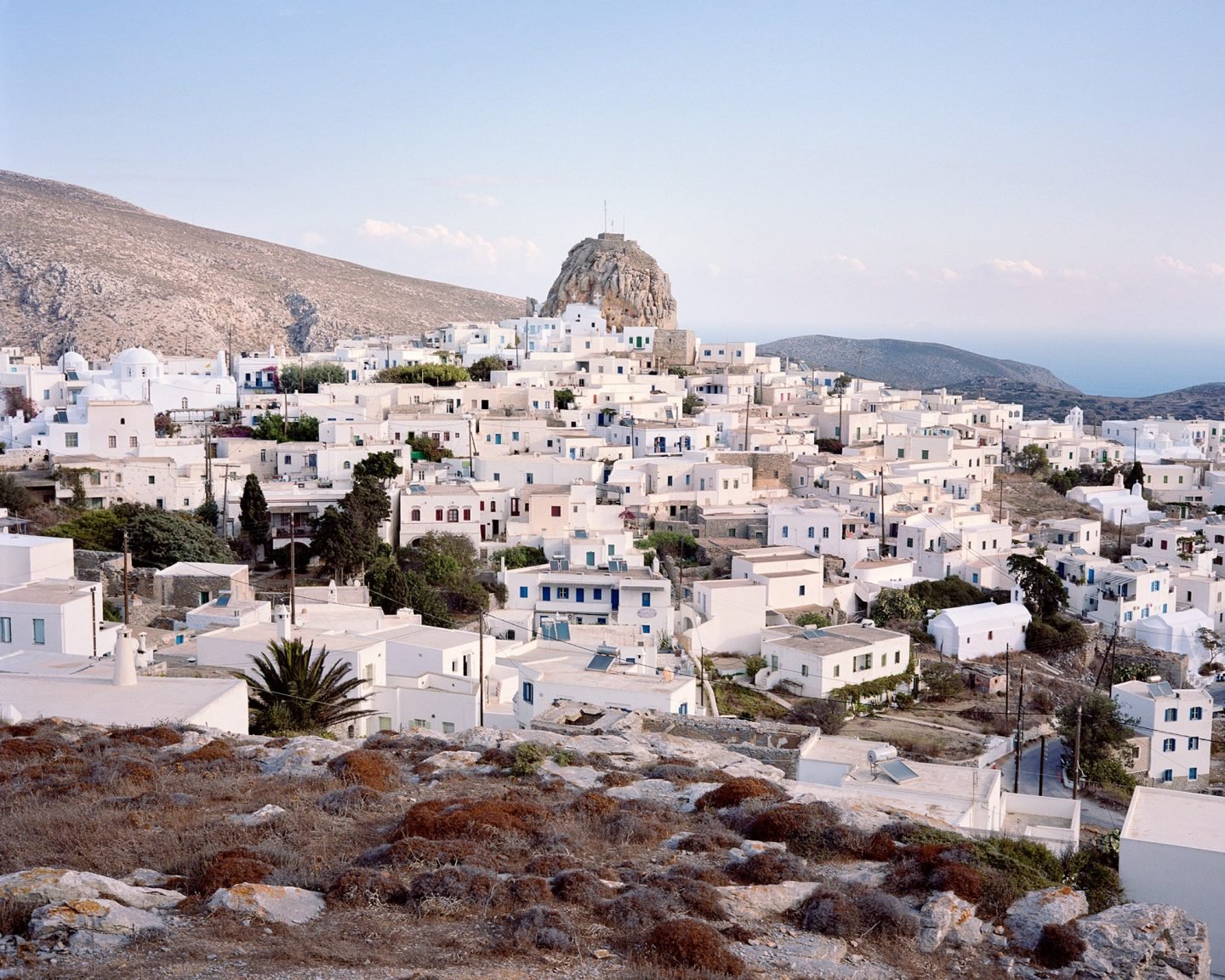
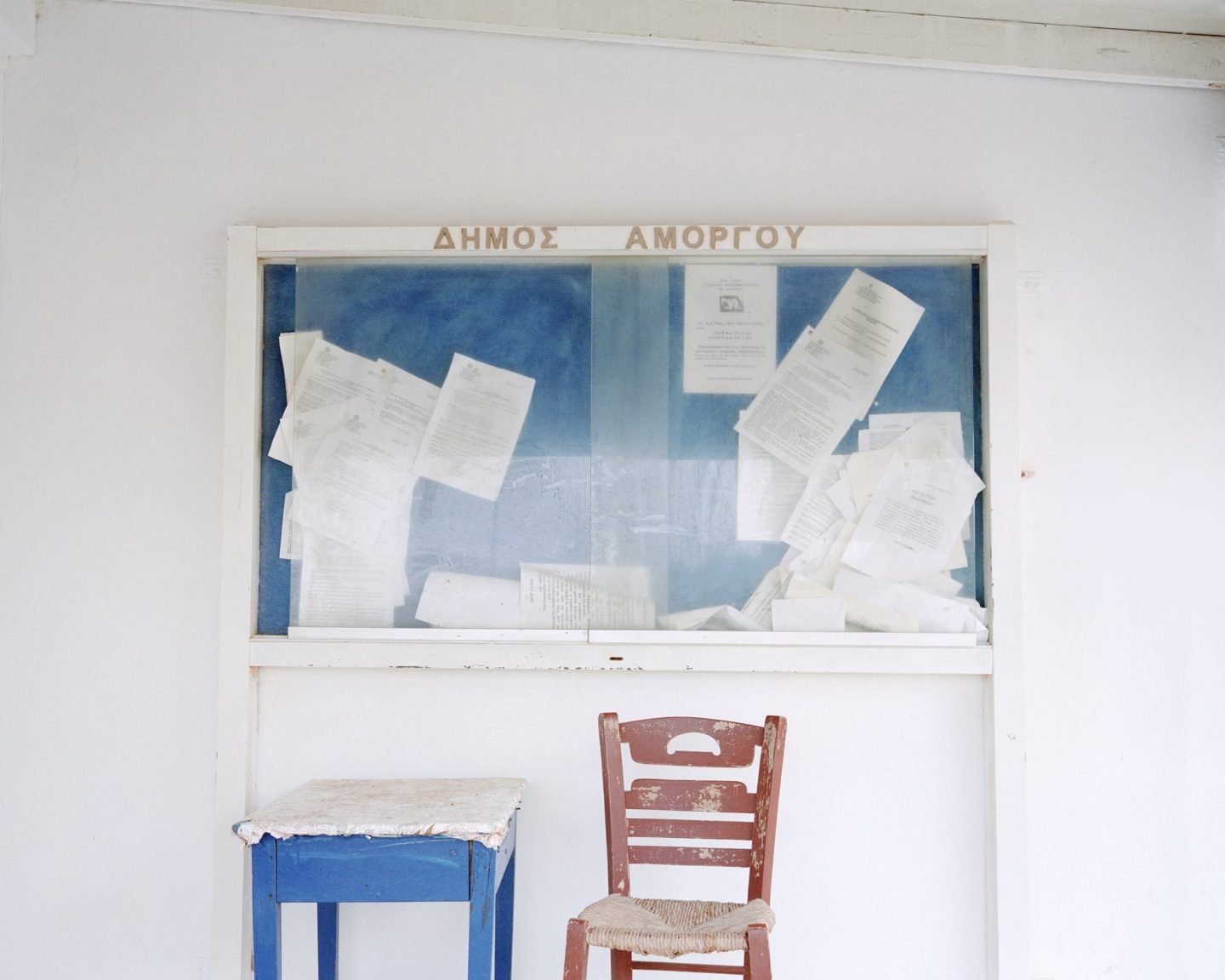
The place is very dear to the French photographer. Fascinated by the island’s rich traditions and infatuated with its, still intact, natural beauty, Chapillon has spent over two years on Amorgos to complete the ambitious photographic project. In the series, he reflects on the word ‘isolated’ and its literal definition of ‘being shaped like an island’, questioning what meaning concepts of form, time, and imagination take in this confined world bordered by infinity. “What happens to identity when it is surrounded by water on all sides?” the photographer asked himself. To answer this, Chapillon went beyond the mere documentation of geographical isolation to offer a more elaborate and sensorial account of the feeling of islandness as an intricate concept of separation from the rest of the world—one that is deeply rooted in the islanders’ collective unconscious.
“What happens to identity when it is surrounded by water on all sides?”

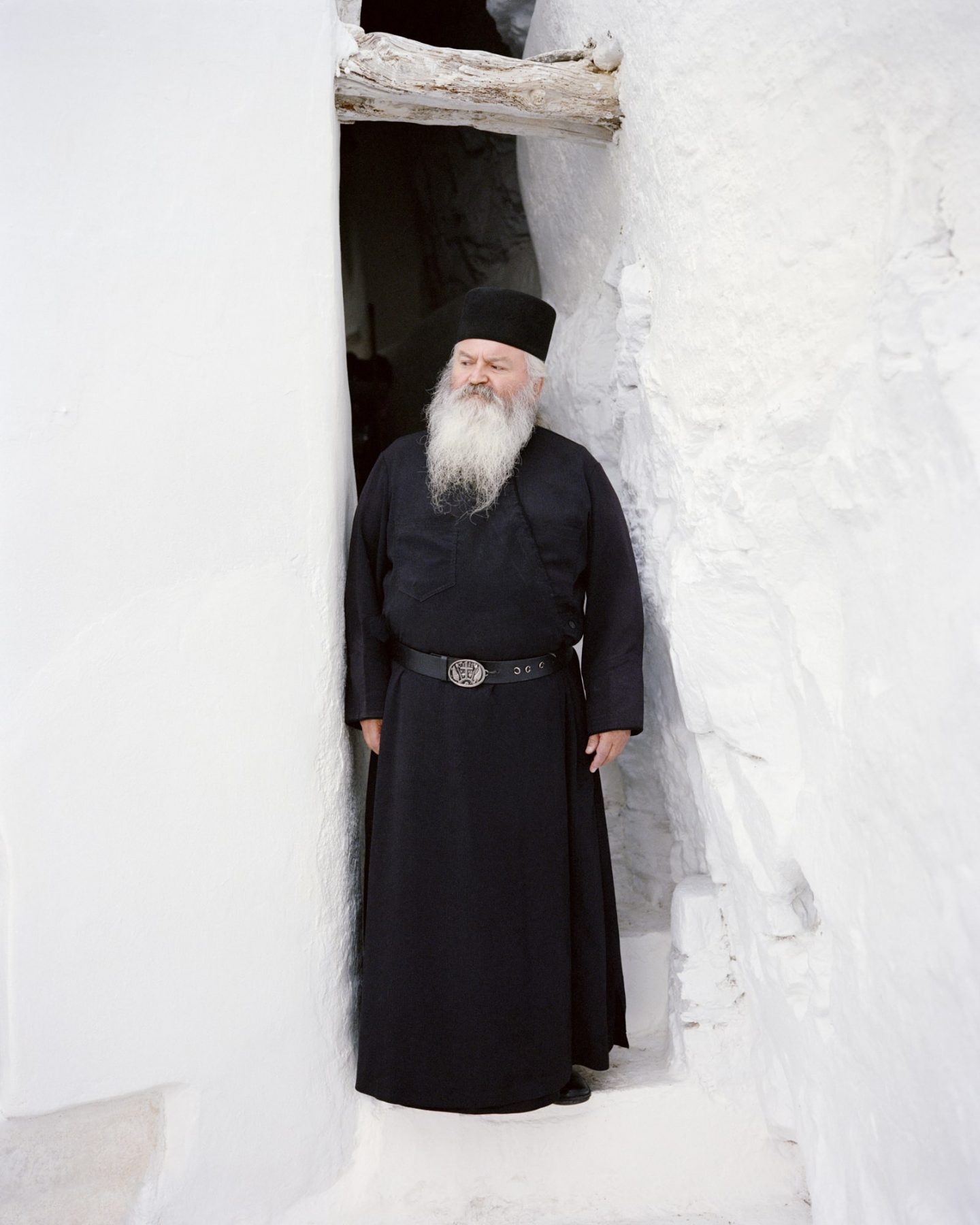
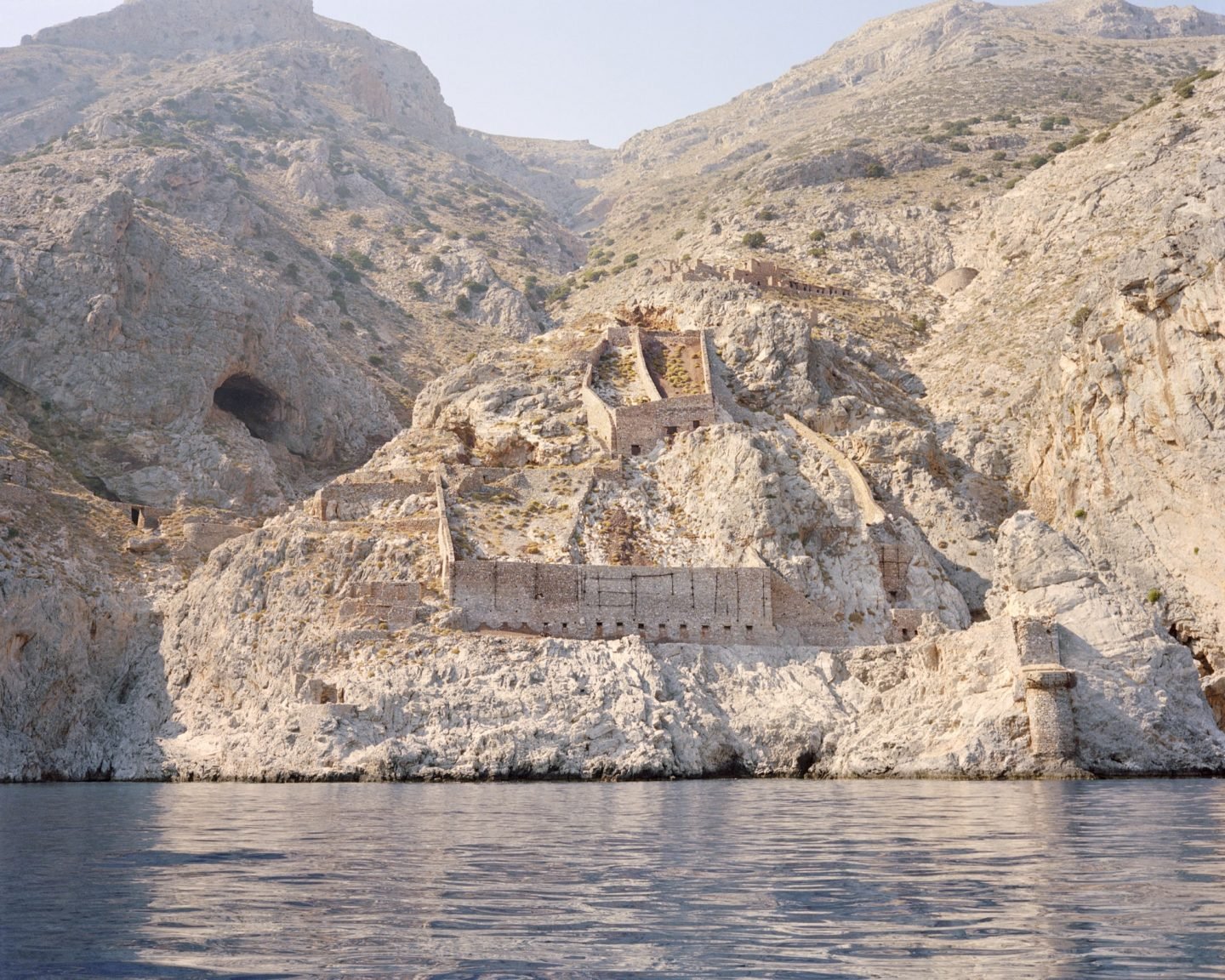
The images capture not only the topography of the island but also the daily life of the inhabitants Chapillon encountered on his multiple journeys, highlighting their everyday isolation and relationship to traditions and heritage with an intimate lens. Shot with a medium format film camera, the visuals are in close dialogue with travelogues by archaeologist Gaston Deschamps, which, appearing only as words or pieces of sentences, reproduce the islands’s complex sensations while relating to the inhabitants’ thoughts and visions.
A state of mind that is a key characteristic of the islanders’ existence, isolation emerges as the confinement of both body and soul, but also as a polarity—both light and dark, both central and peripheral. Chapillon depicts Amorgos as a world unto itself, a land that holds all the opposites within one confined space, but also a complex place in which the whiteness of its houses and the tawny beauty of its rocks hide an eerie and somewhat disturbing strangeness. Is this the definition of islandness? For him, it is ultimately an ambivalent and paradoxical concept, a place to forget oneself, but also to reveal oneself, an idea that is both reassuring and worrying, trapped between eternal boredom and the freedom of a simpler existence.
Les rochers fauves is published by Dunes Editions and available for purchase here.
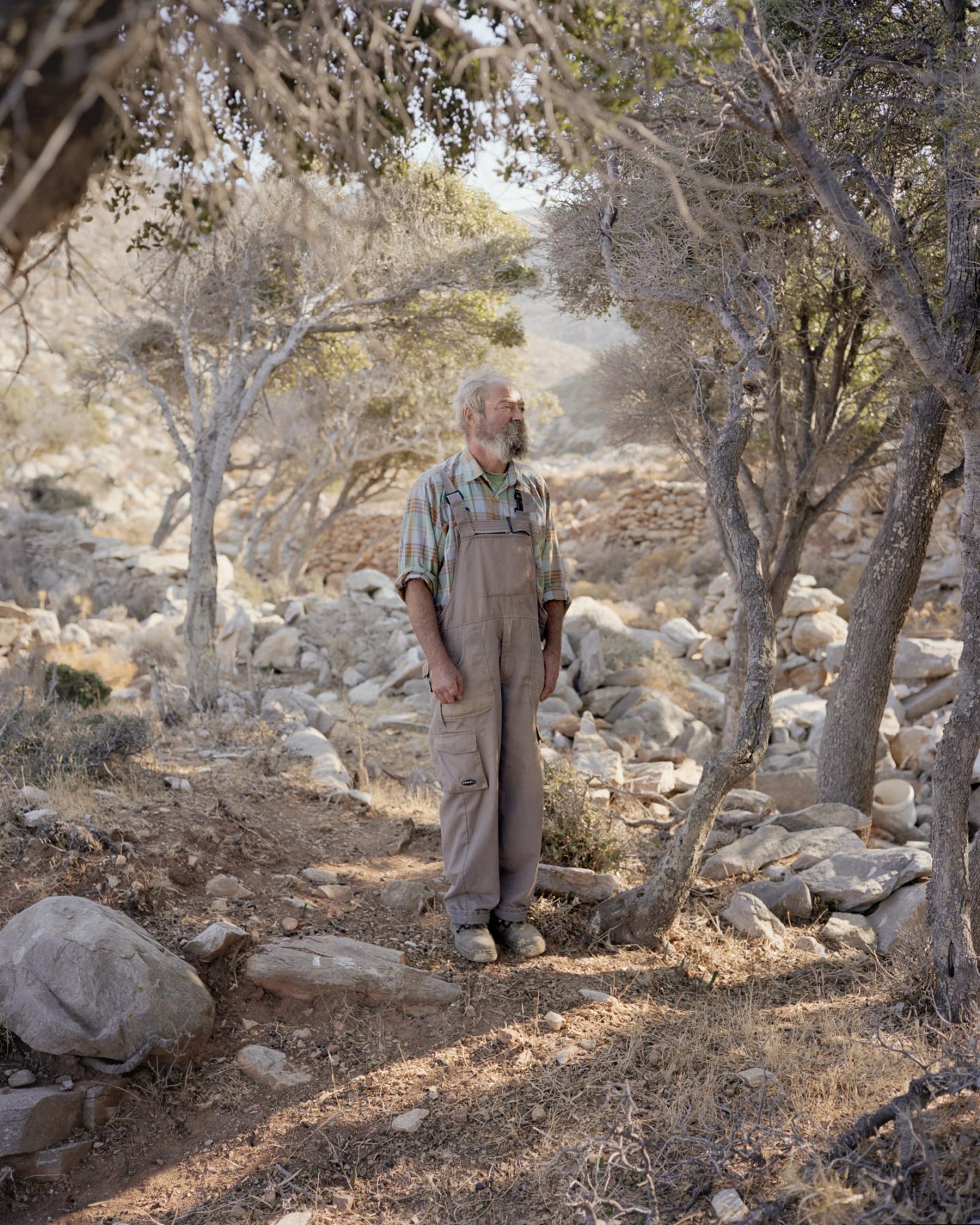
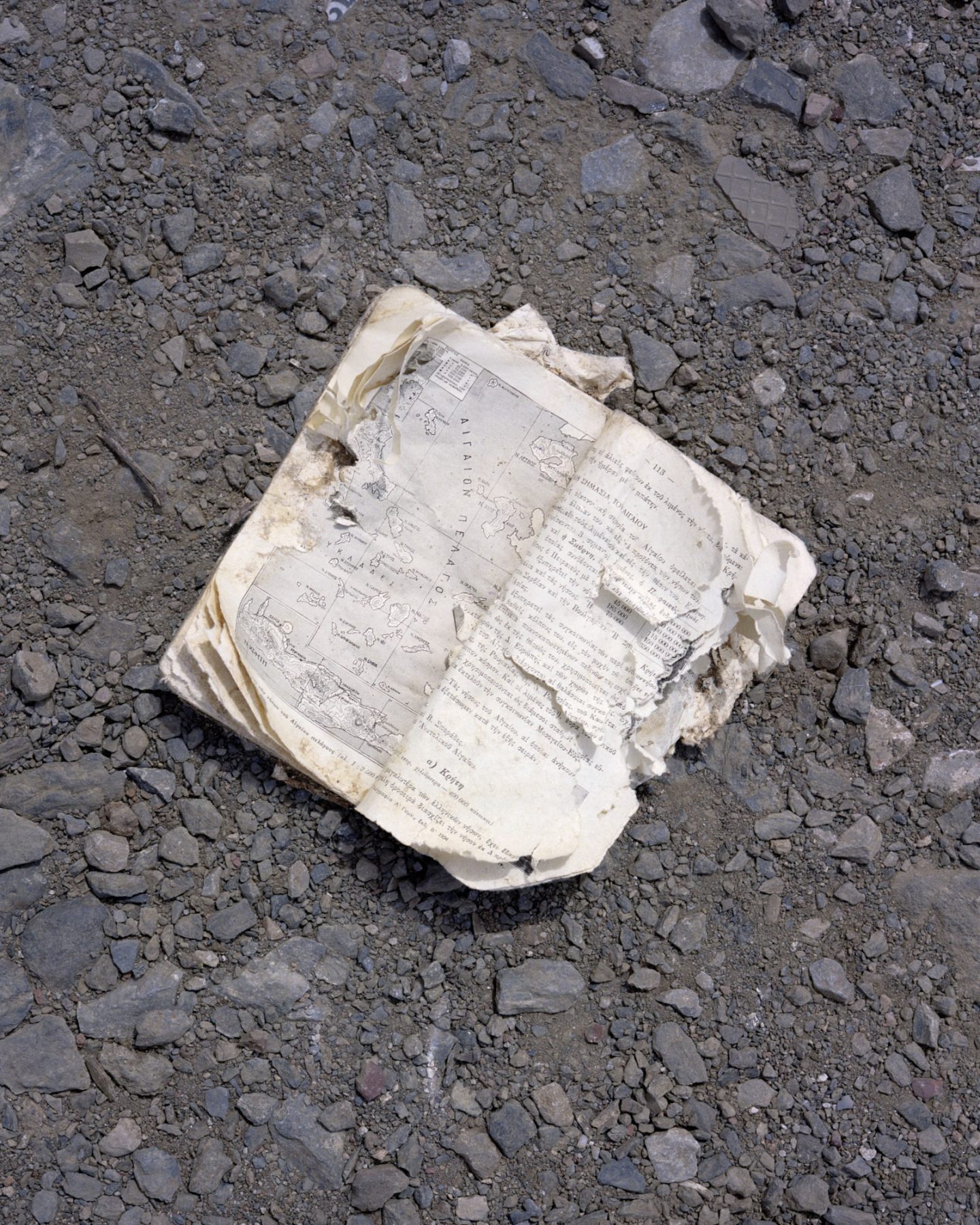
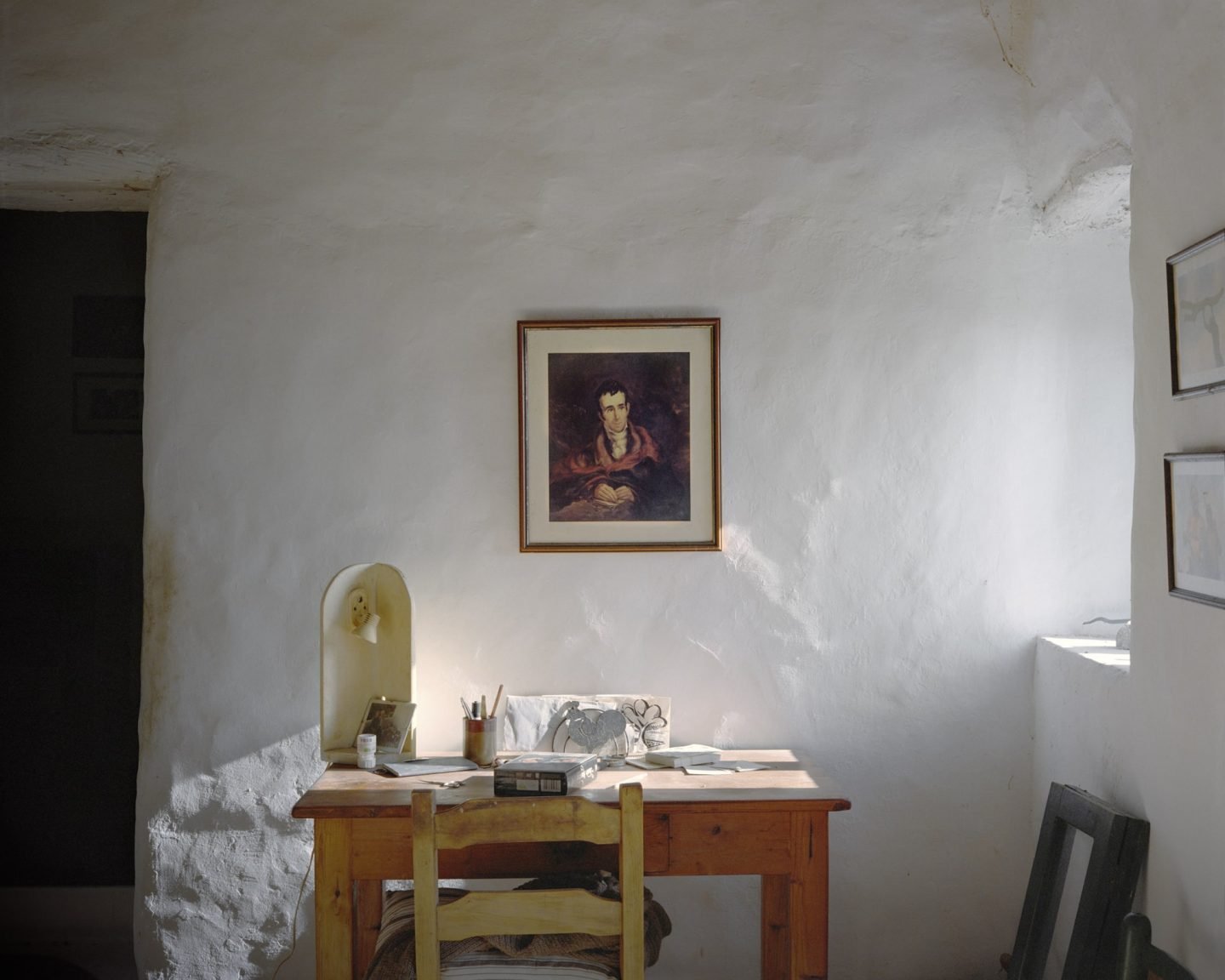
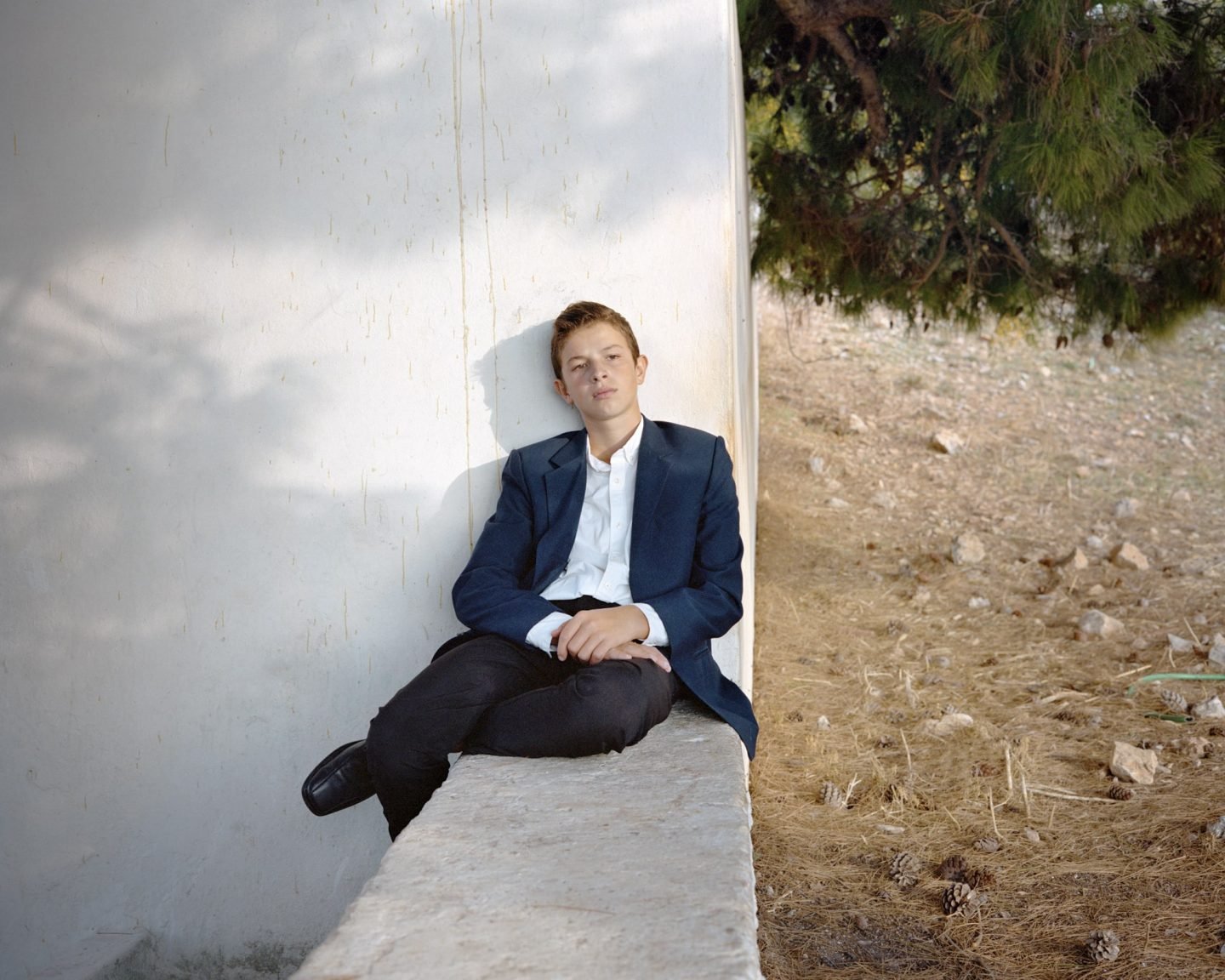
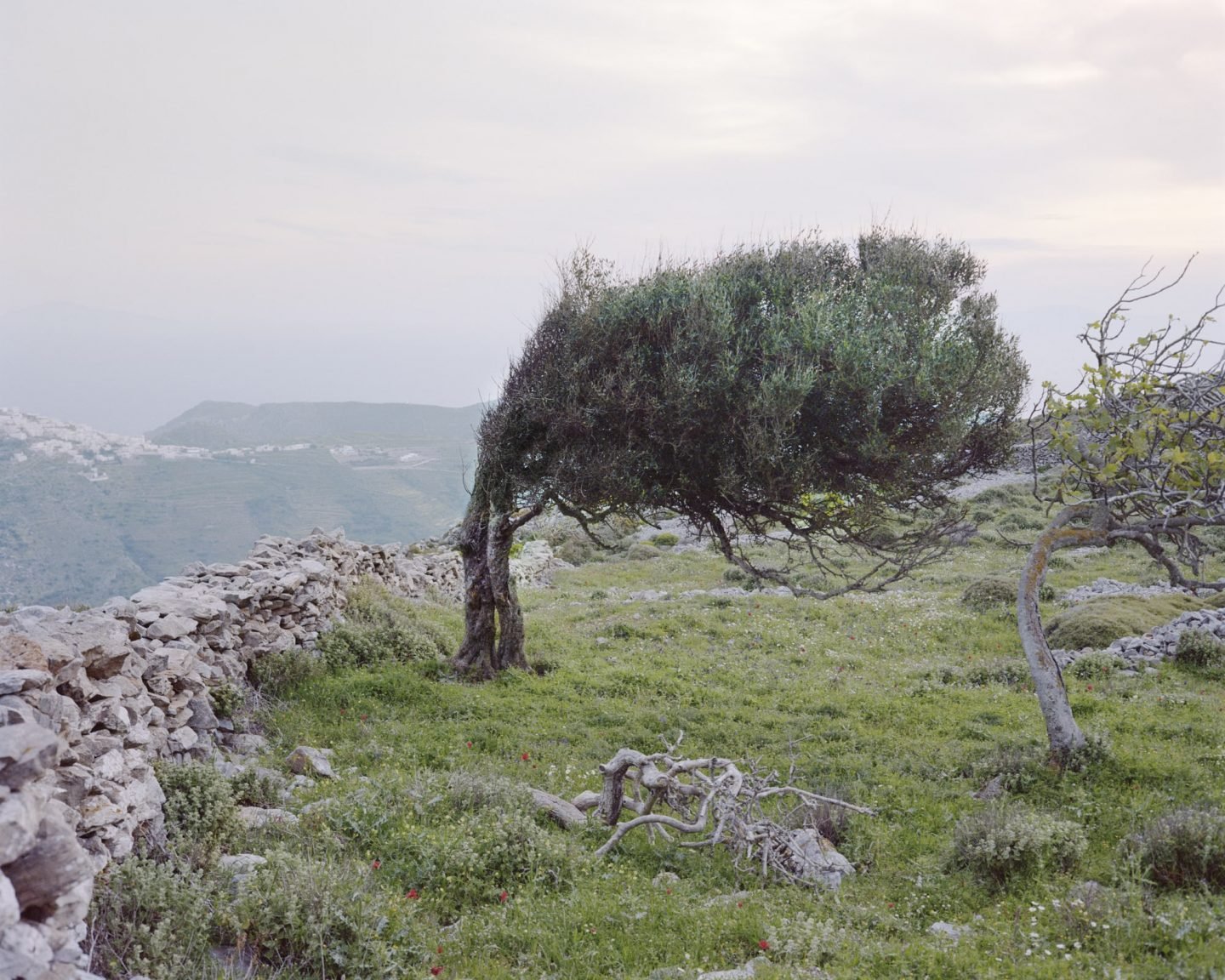
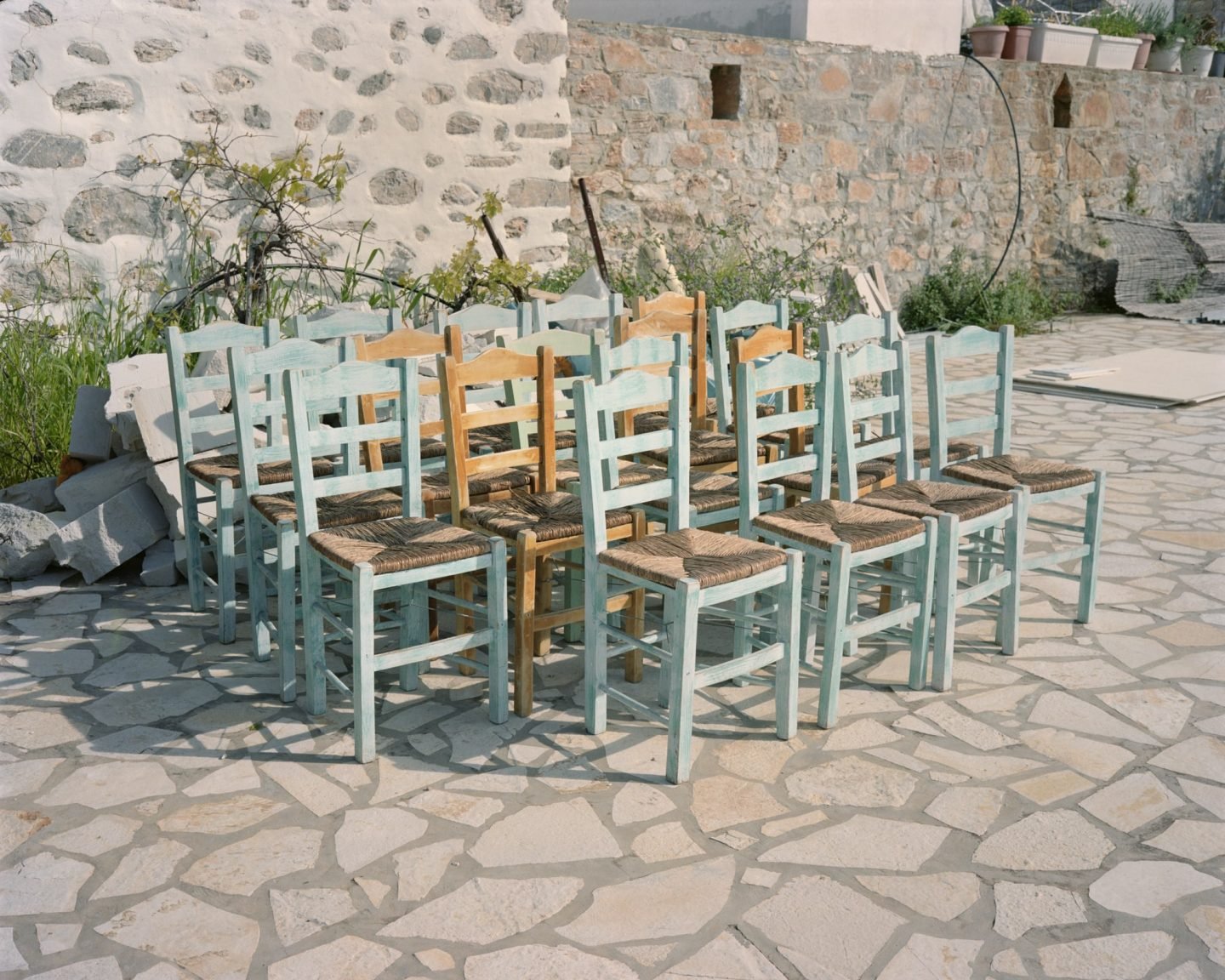
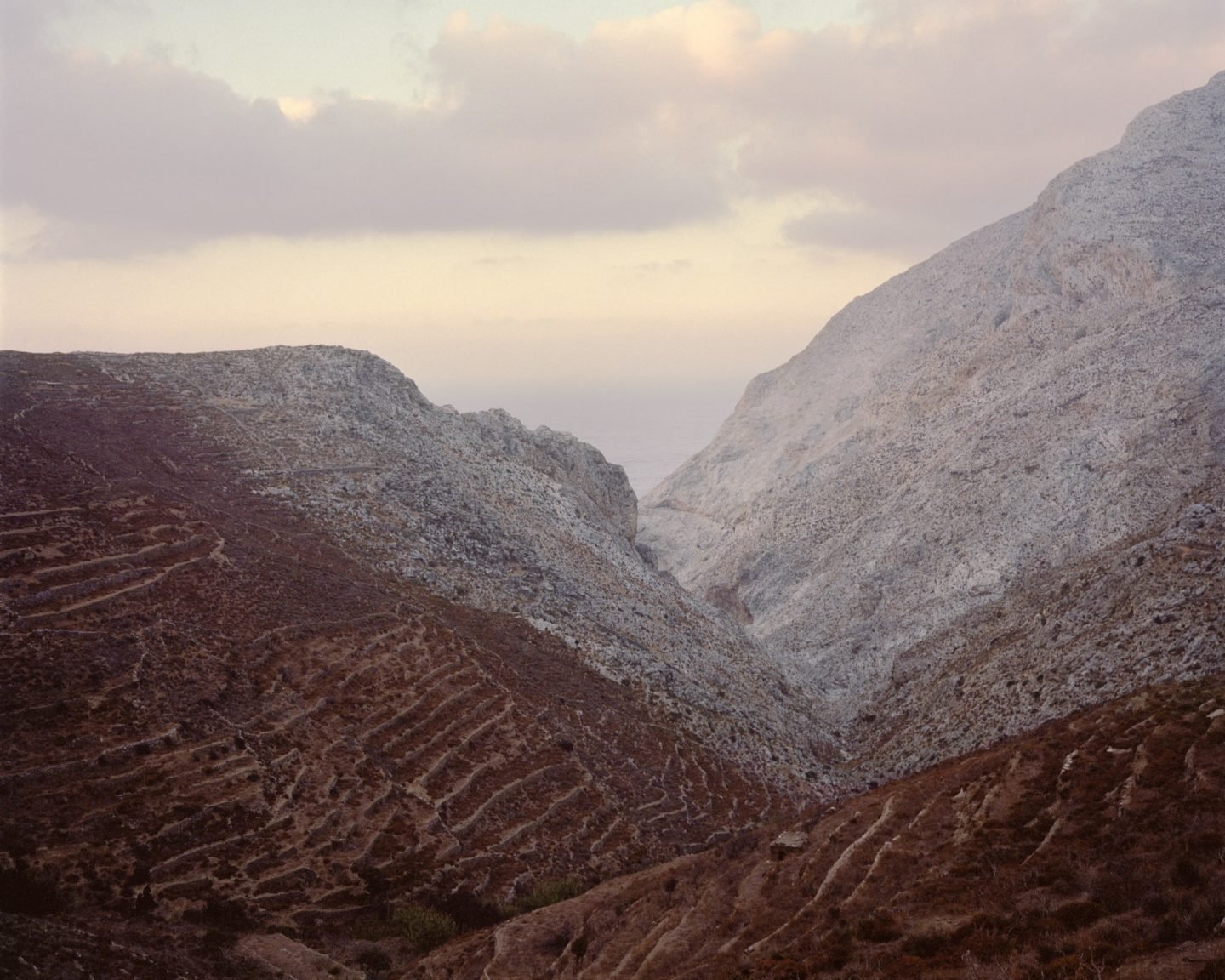
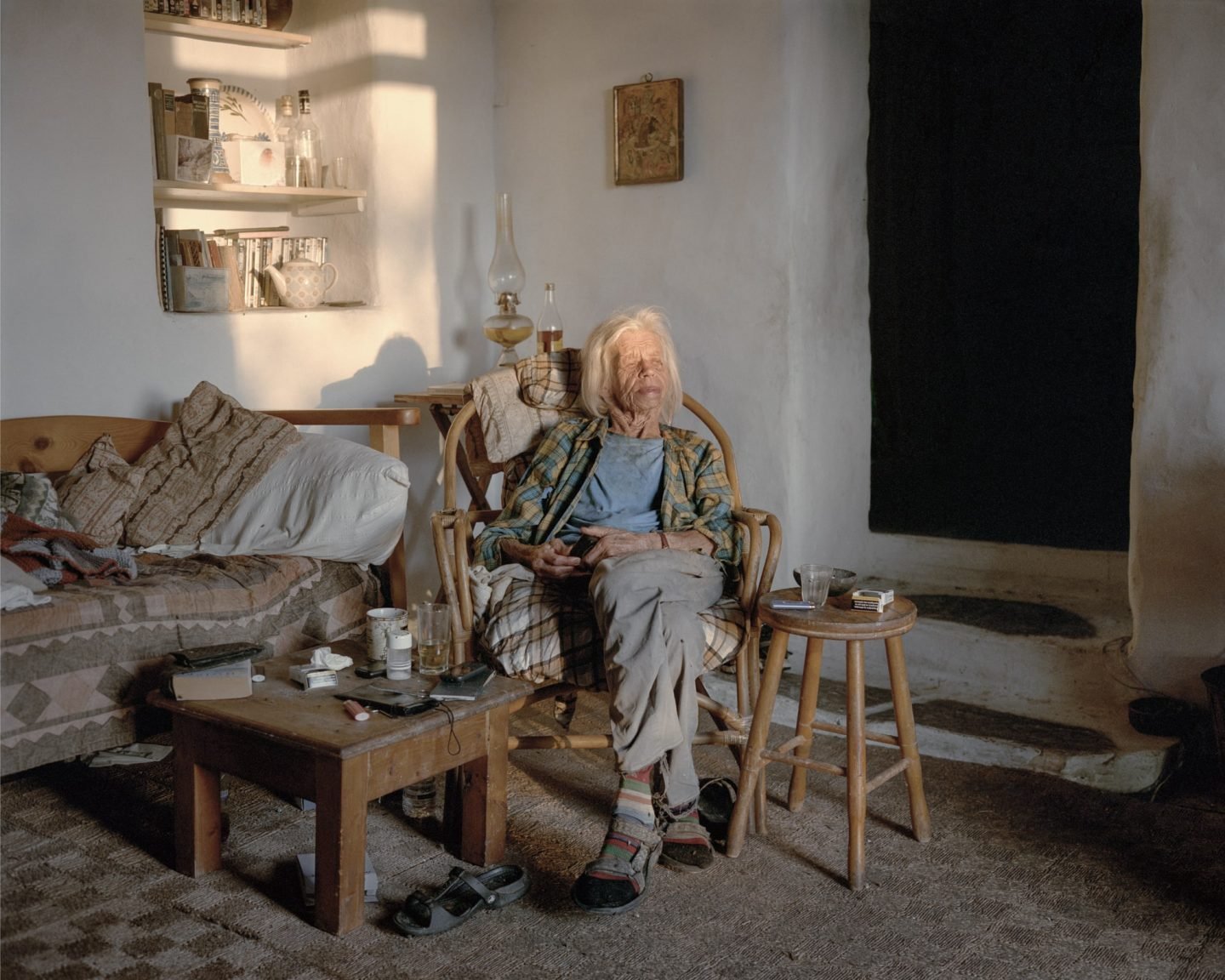
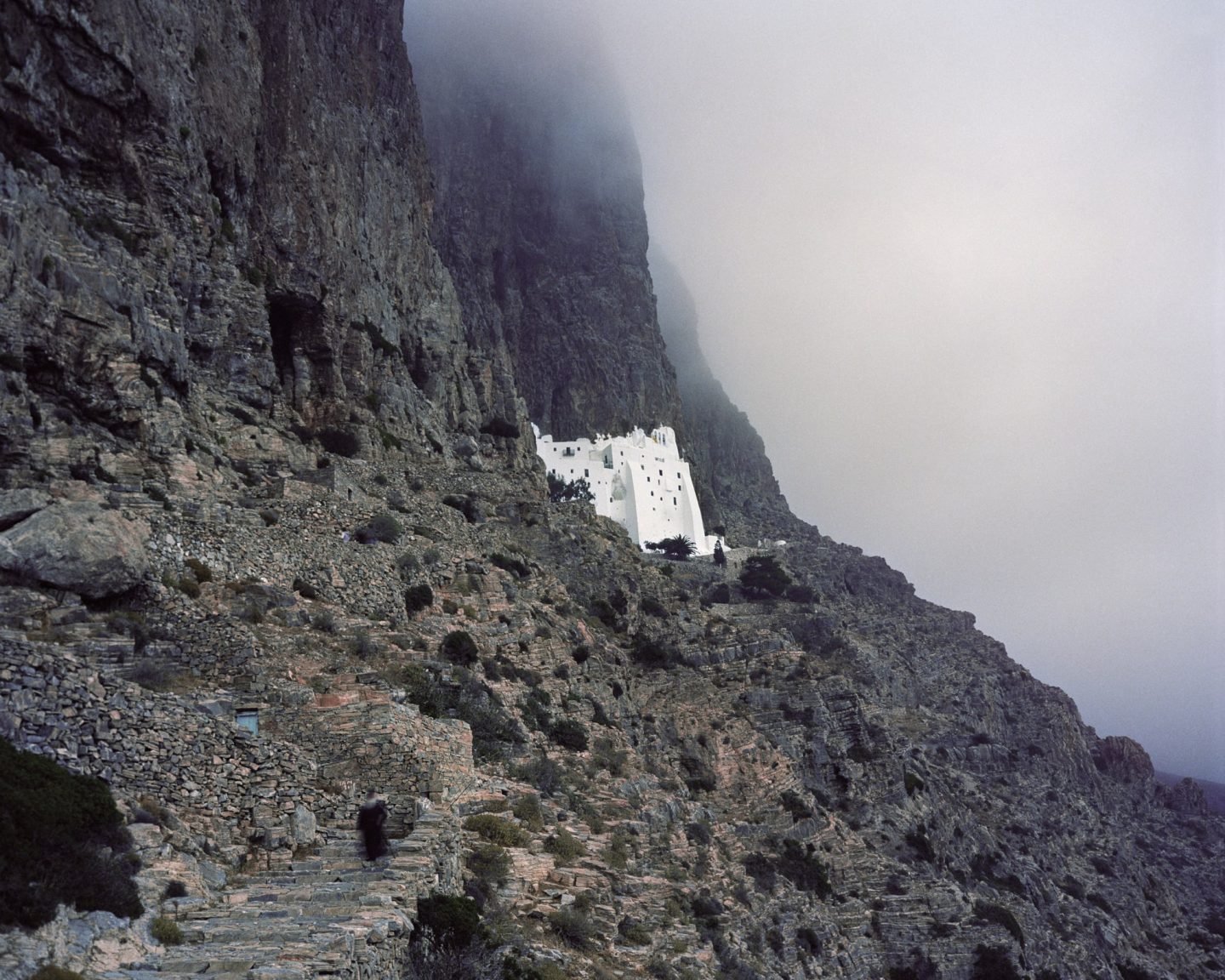
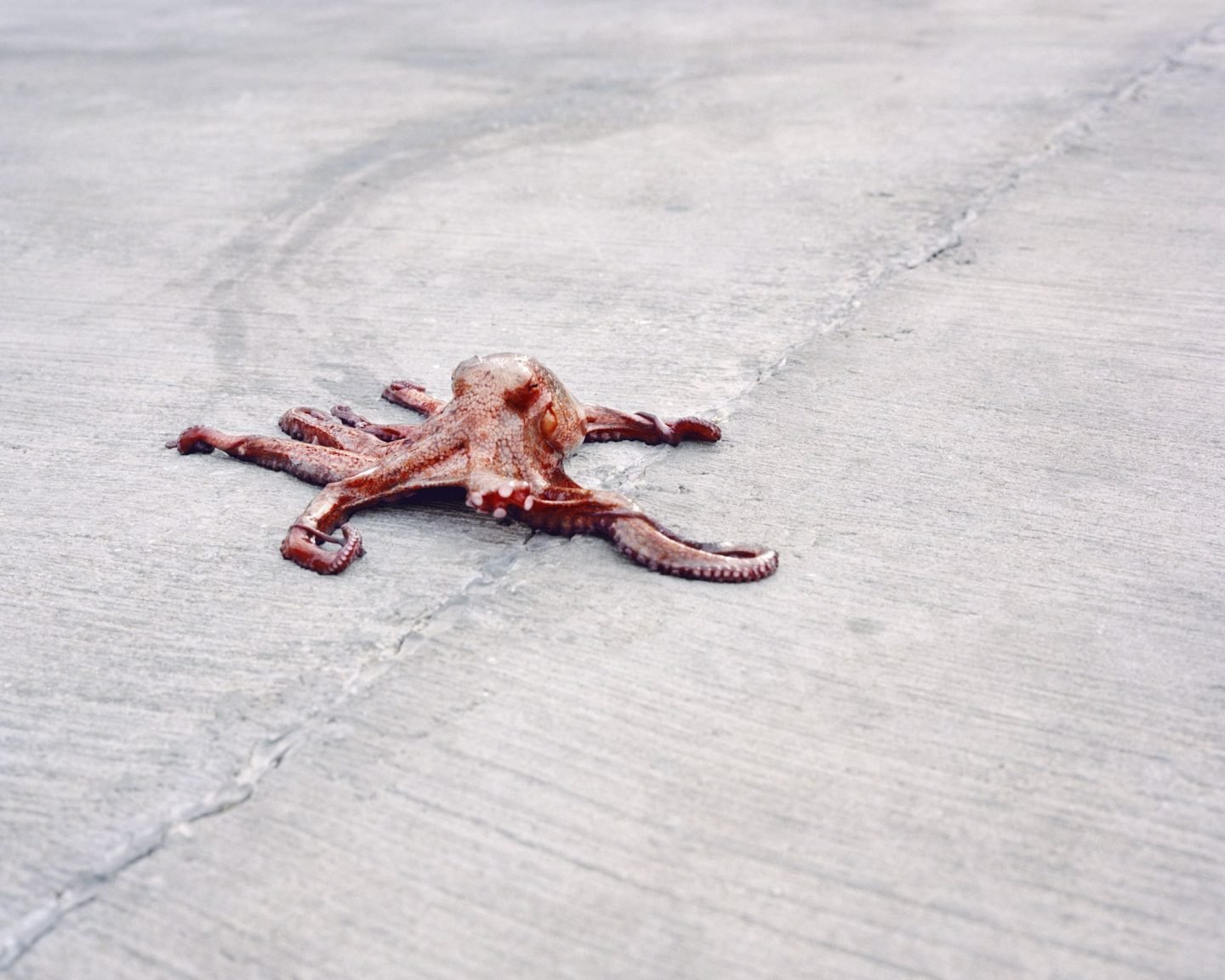
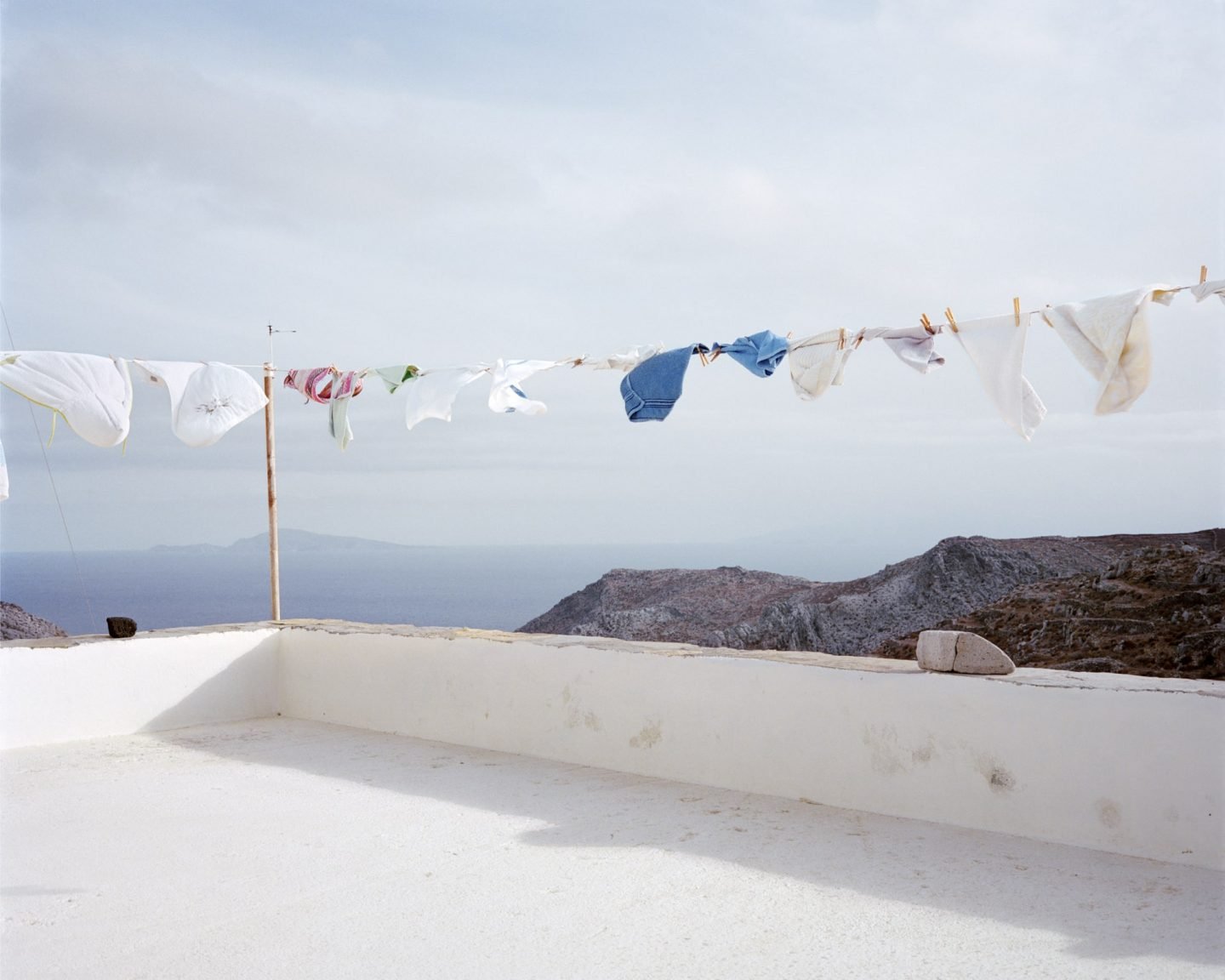
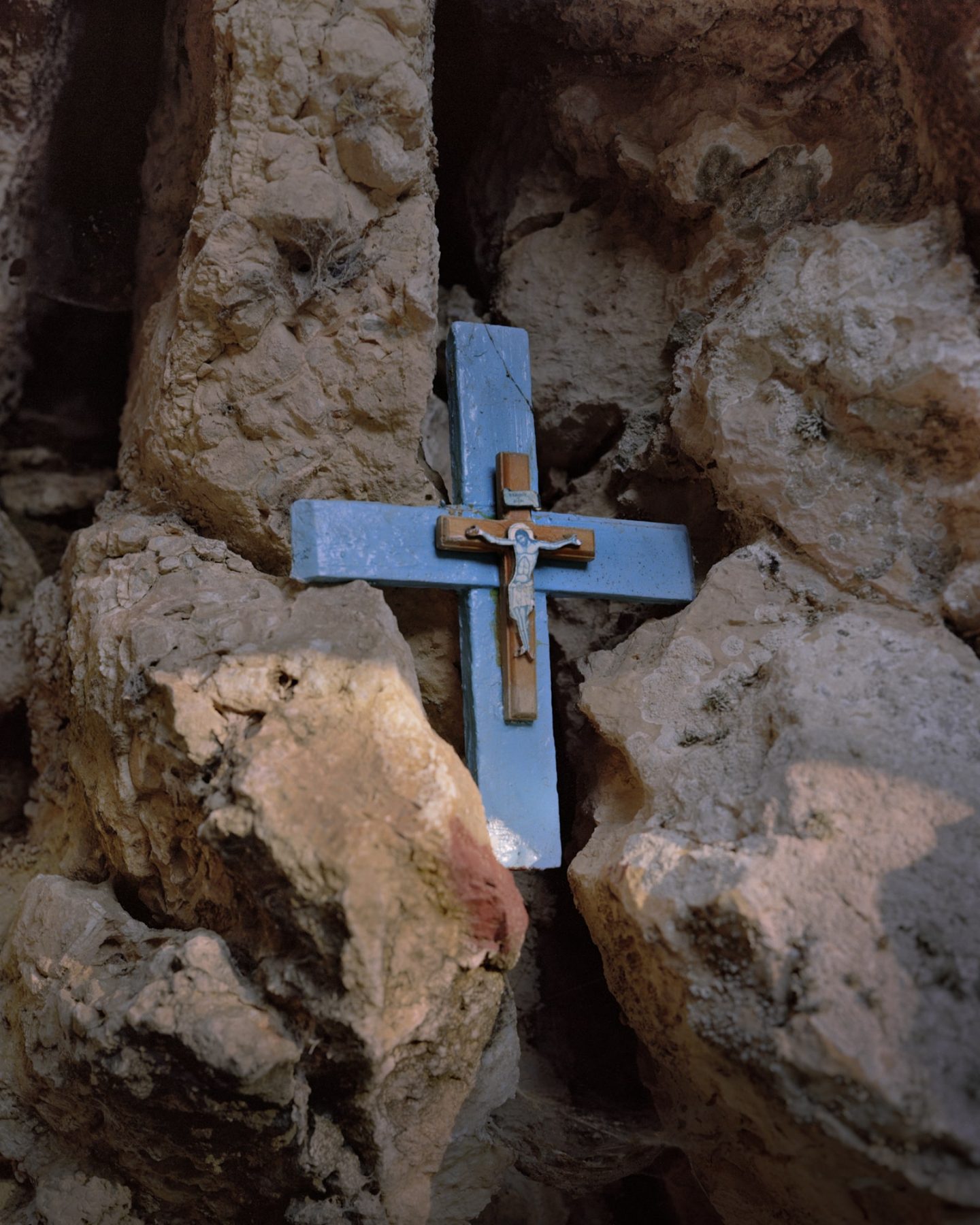
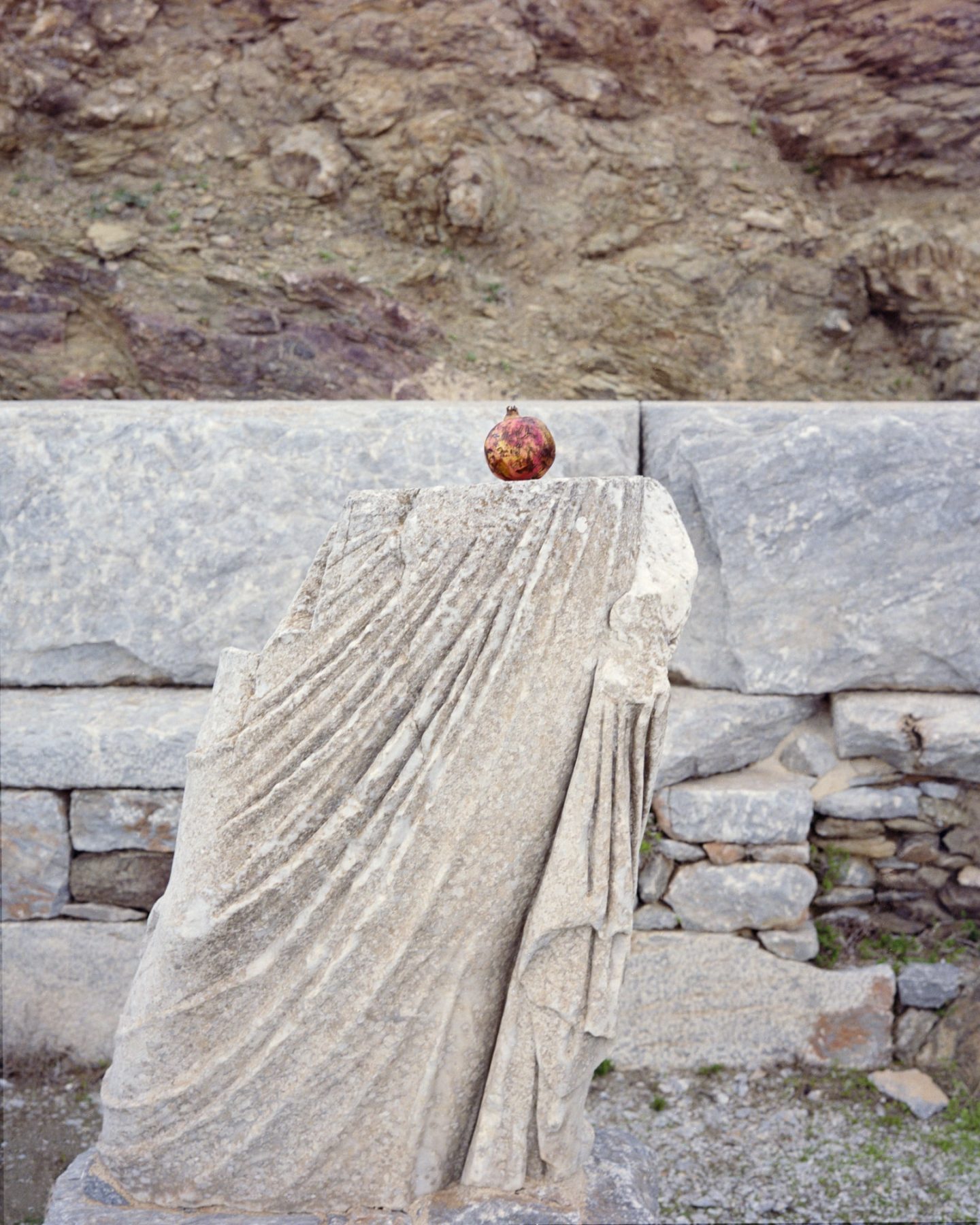
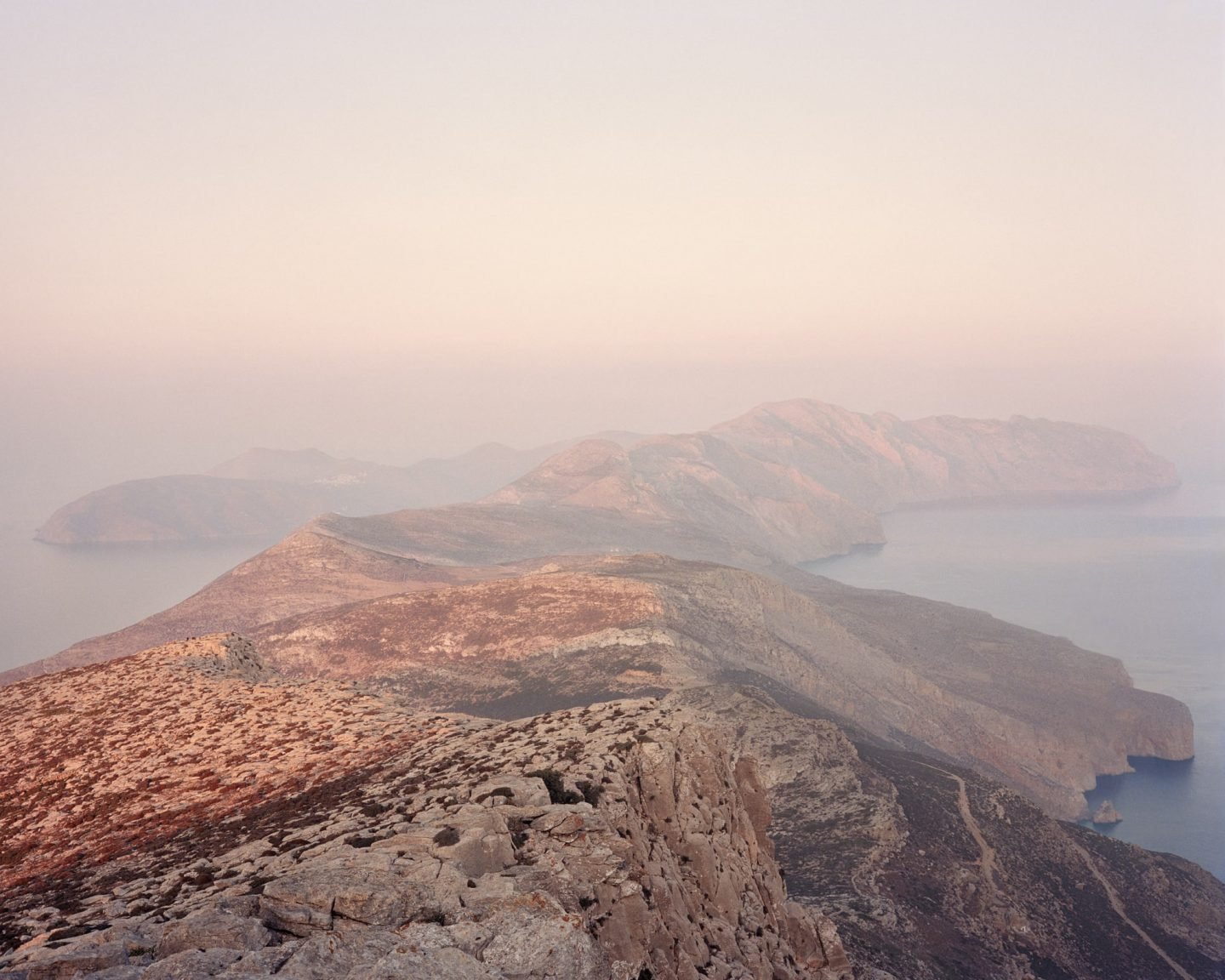
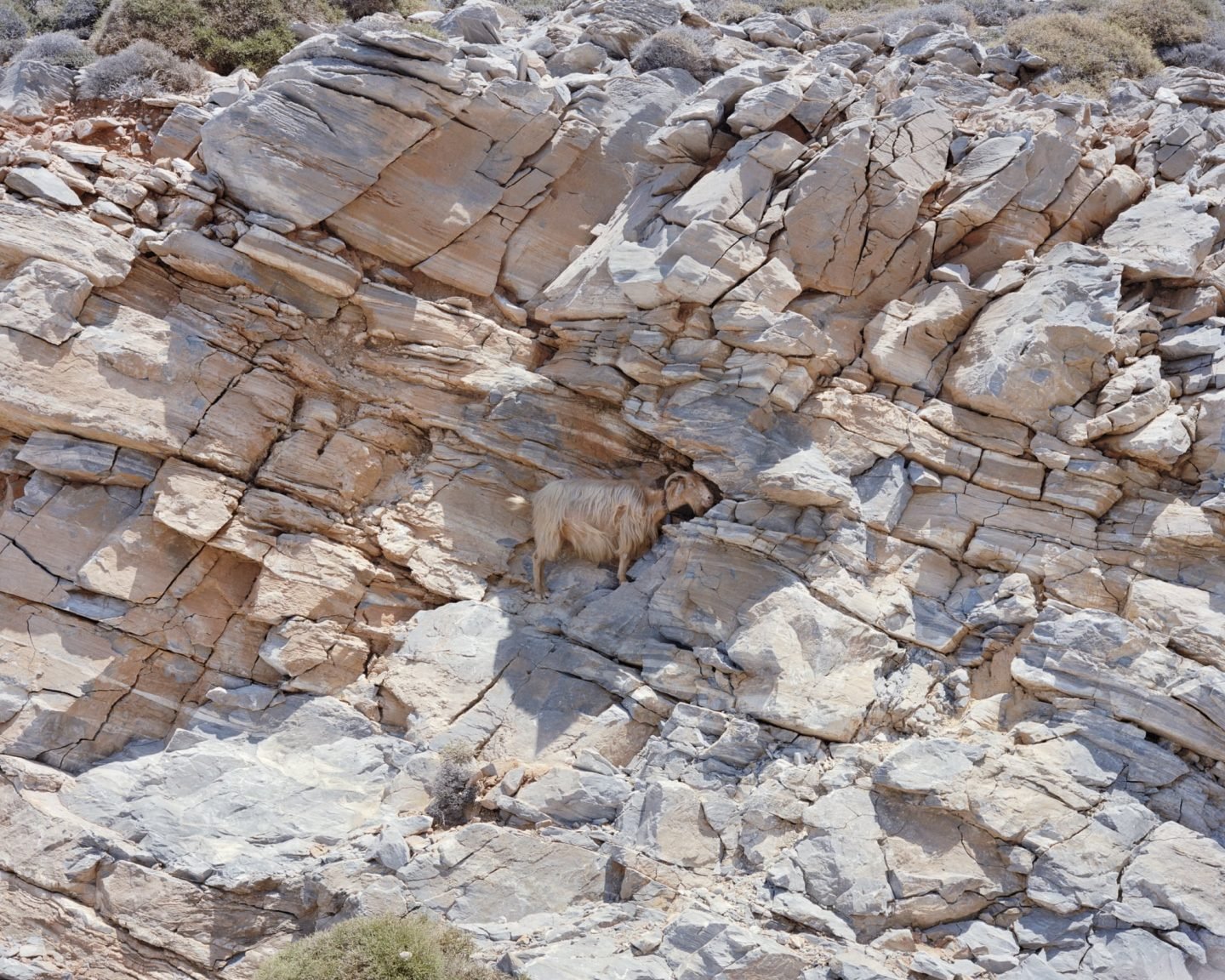
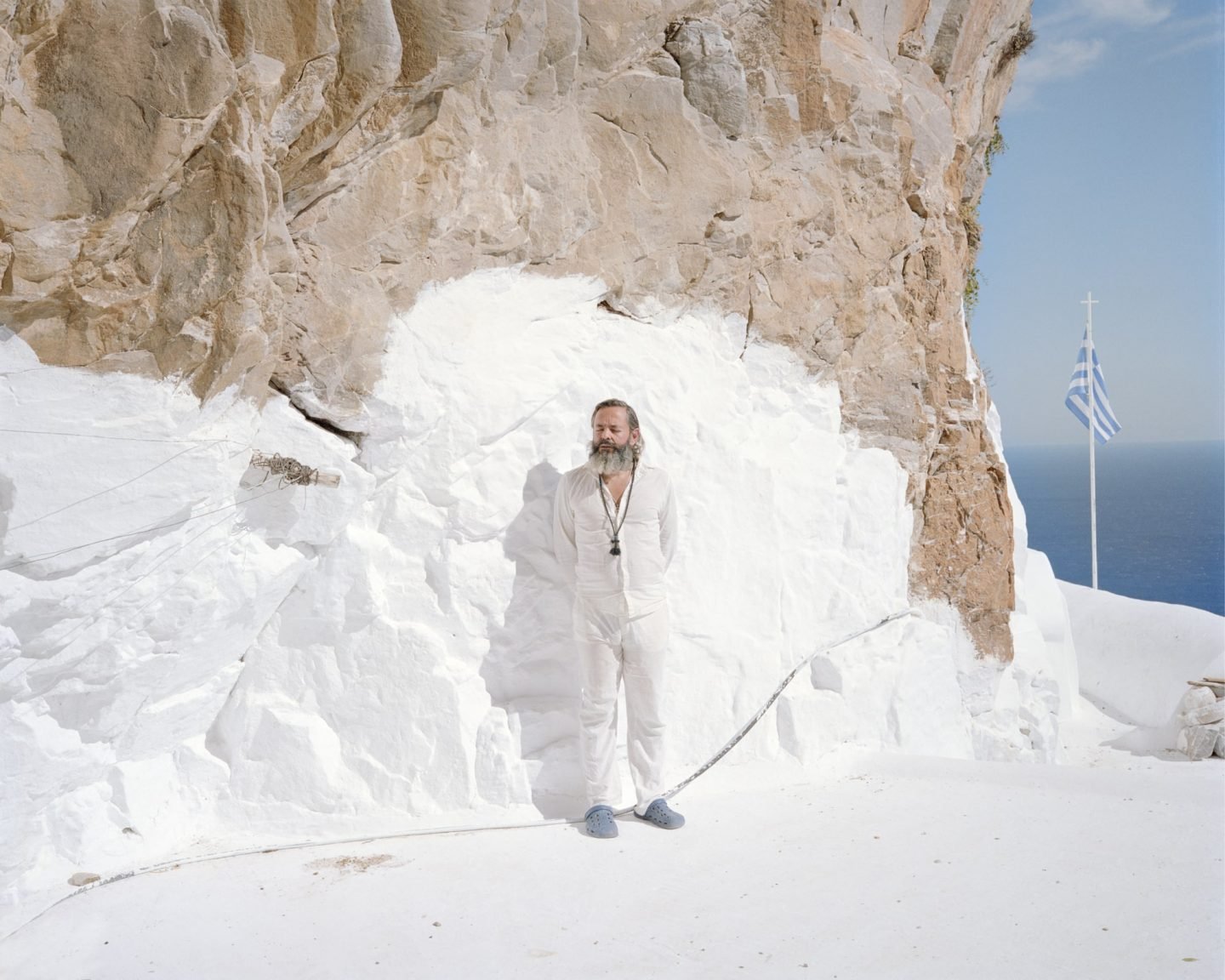
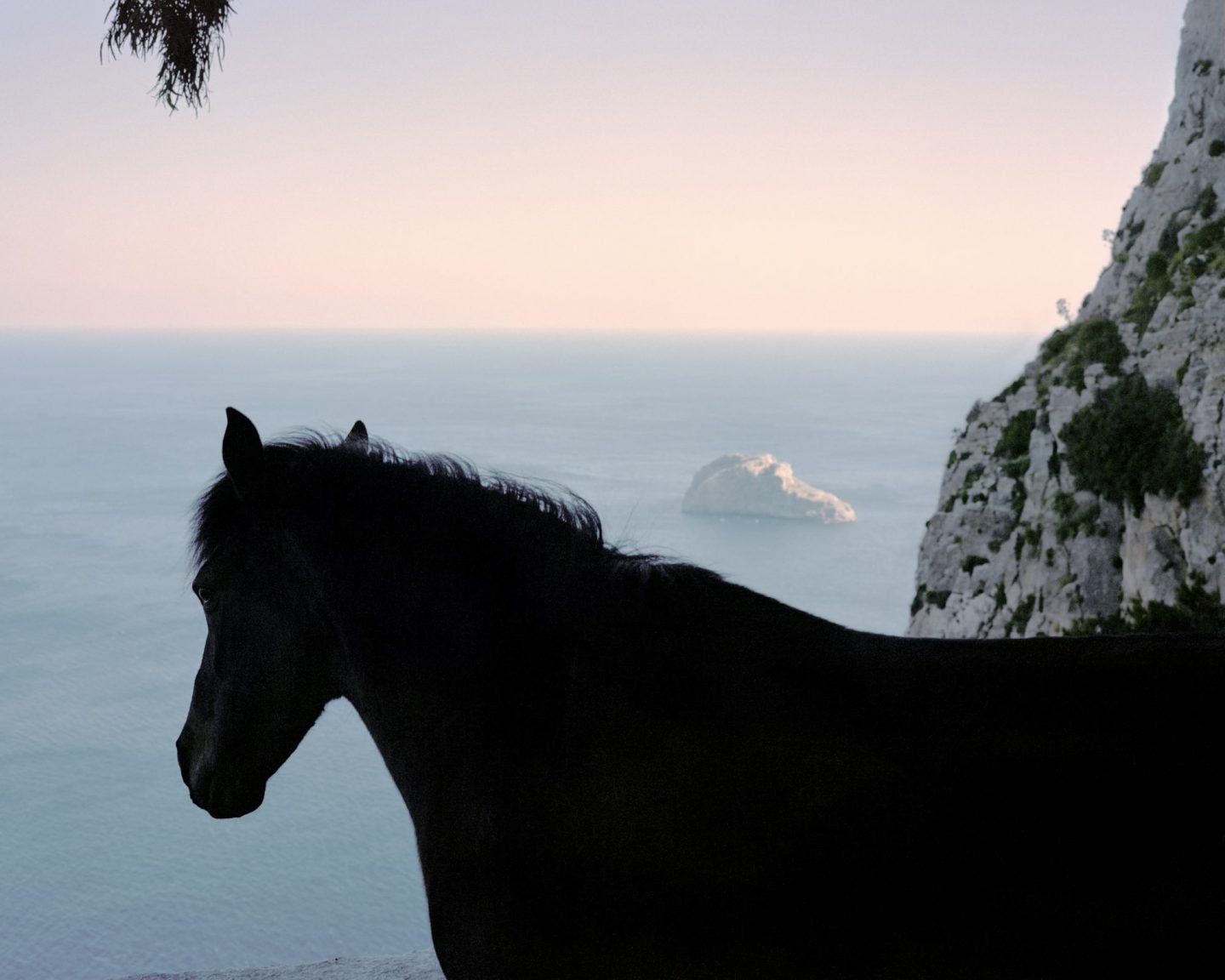
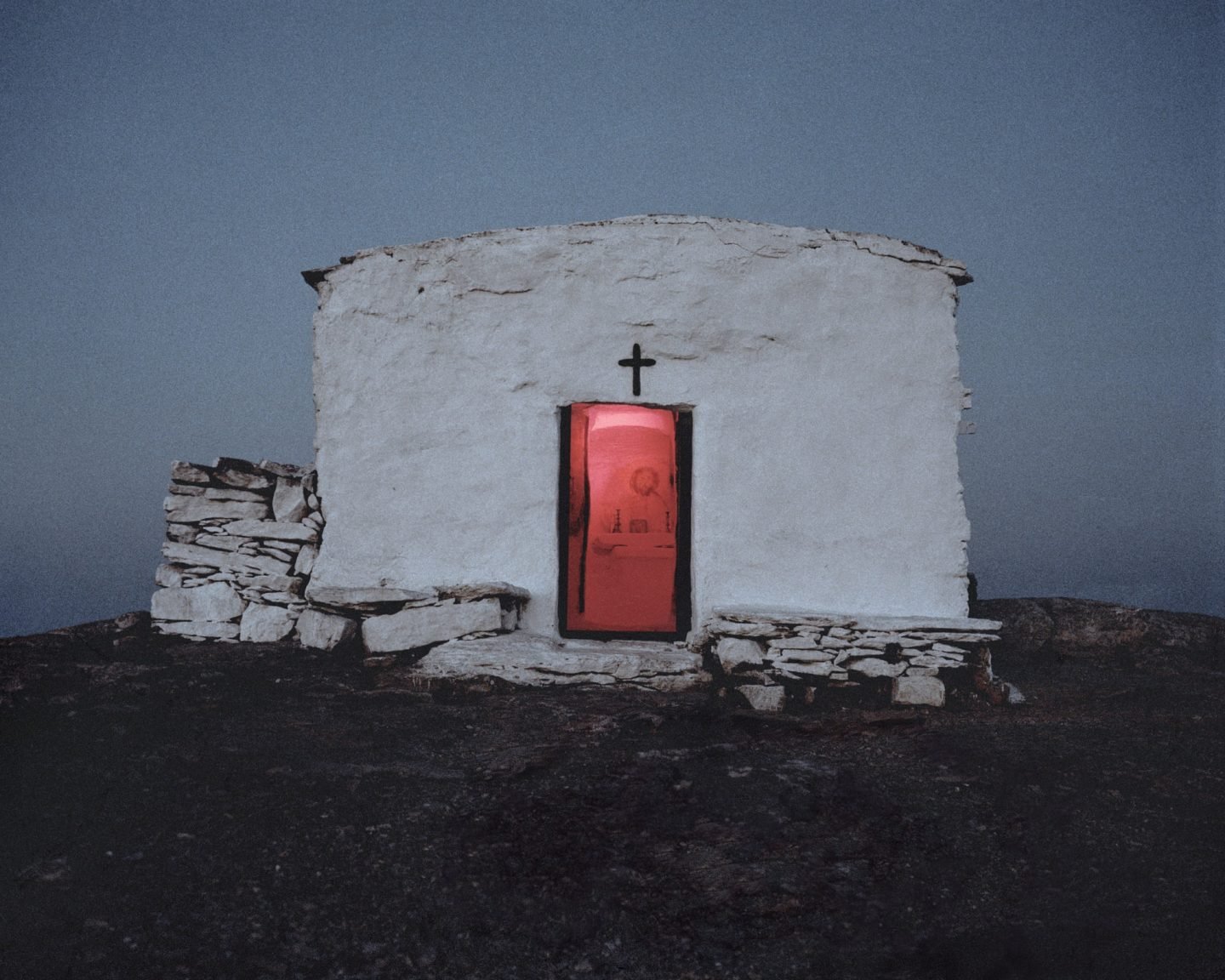
Images © Clément Chapillon


